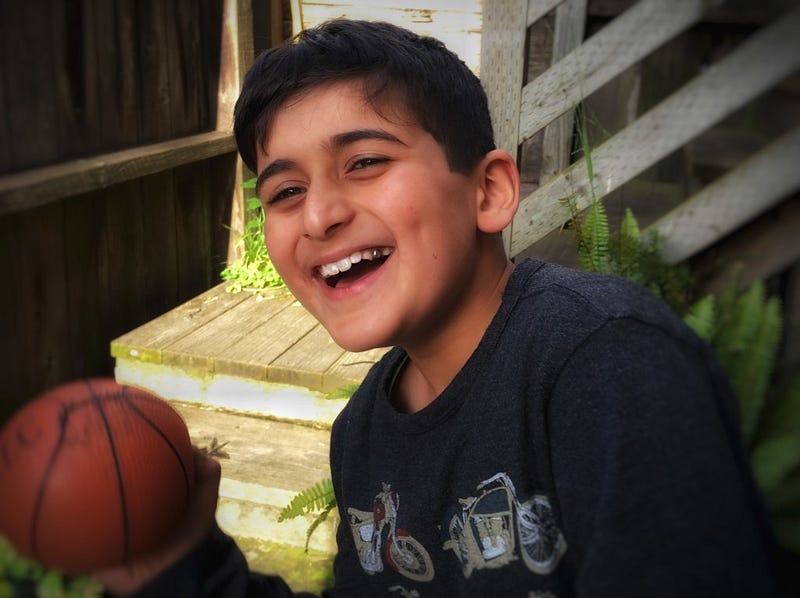“Boring!” Every one of us has most likely experienced sitting in a stuffy classroom where content is being taught that isn’t the most exciting or engaging material. Think of your high school economics, trigonometry or chemistry classes, for example. If you recall your own memories of this, you might remember looking around a classroom of students with their heads down on the desk, doodling, passing notes, talking to neighbors, yawning, staring out the window, misbehaving by using attention-seeking behaviors, propping their heads up on a fist and/or shifting their head’s position frequently. For some people this may be the singular reason they disliked school. The teacher was doing their job and was delivering the required lesson, but if the classroom wasn’t engaged, what was the point of teaching?

We expect today’s students to typically sit for an hour in most contexts, usually passively listening to an instructor with the expectation that they comprehend it all. Isn’t it interesting that we’ve been teaching mostly in this manner when science tells us to do otherwise? Essentially, teachers, schools, administrators and districts will need to re-think this paradigm, especially when the benefits are numerous and varied.
Here are some specific benefits that movement breaks can provide:
Efficiency in Learning
- The hippocampus needs time to process information because it is partially responsible for short-term memory and navigation
- As students return to the content, the brain is able to refocus
- Movement helps to develop social skills, which are important for connecting to comprehension and critical thinking skills
- Realigning the body/brain connection helps re-energize learning
Stress Relief, Mood Elevation and Social Perks
- If students are uncomfortable or stressed the brain will not retain new information easily, especially when critical thinking skills are being relied upon or the student is needing to connect new information to their personal experiences, prior knowledge or abstract thought
- Student-to-student and student-to-teacher relationships are a key component in successful learning — Research has shown that fun, safe environments where students are kind and supportive of one another equate to more academic success
- There is much less physical movement in modern day life, especially for children when P.E. and recesses are being reduced to focus more on academic achievement
- Our best ideas often come when we are having a break
- You may reduce feelings of being overwhelmed by the content
Class Cohesion
- Heightens the student’s attendance and participation in class
- Builds relationships and overall concern for the well-being of others
- Develops self-esteem and a sense of belonging
- Boosts listening skills and communication
- Promotes laughter and fun while learning
- Improves self-discipline and motivation
The Role of Oxygen in Learning
- Approximately 90% of the oxygen in our body and brain is stale until we take a deep breath, yawn, get up or move our bodies
- Lack of oxygen results in confusion, lack of focus and memory problems

“Ideas can be functional as well as fun.”
The movements themselves can be very brief and simple. Thirty-seconds to two-minutes is enough time to make all of this magic happen. Some examples of simple breaks are bending over at the waist and touching the toes, marching in place, walking the class around the room, squatting five times, jumping jacks, moving a piece of paper in a figure 8 motion around and between the legs, or clapping loudly and quietly at given intervals. Teachers can pass papers out by playfully throwing the paper in the air so students have to get up and move. Before peer editing work or correcting each other’s math quizzes, students can crumple up their work into a ball and the class can have a one minute ‘snowball fight’ and when the teacher says “freeze,” all the students pick up a paper near them, flatten it out and then correct it. The ideas can be functional as well as fun.
In learning environments where movement is integrated, students love being there, they academically perform better, and the information needs less review because students retain the content more efficiently. A creative teacher will start to see endless ways to bring more excitement into their lessons and the students will love them for it. Let us know some of your best ideas, if you come up with some winners.
Alright, now let’s get moving and learning!
Read our upcoming blog posts for some examples of more complex movement breaks in the next few weeks!
At the Literacy and Language Center, Inc. we believe that movement is an essential tool for every student. We work with students using a student-centered approach and positive language reinforcement that augment our multisensory programs. We create a customized program for each student to meet their unique needs and to address academic weaknesses while honoring the student’s strengths. Give us a call if you’d like to know more about our services.



Appreciate you sharing, great forum post.Really looking forward to read more. Arflack
Thank you for the encouragement! I hope that you stay tuned for more posts. Let us know if there are any topics that you would be interested in reading more about regarding literacy and education.
-The LLC Team
I loved your article post.Much thanks again. Fantastic. Mullican